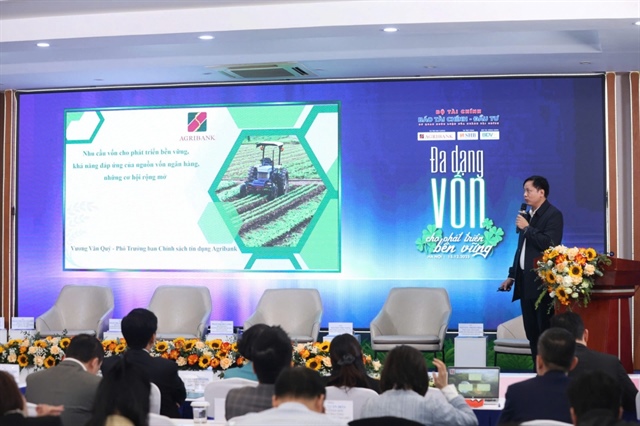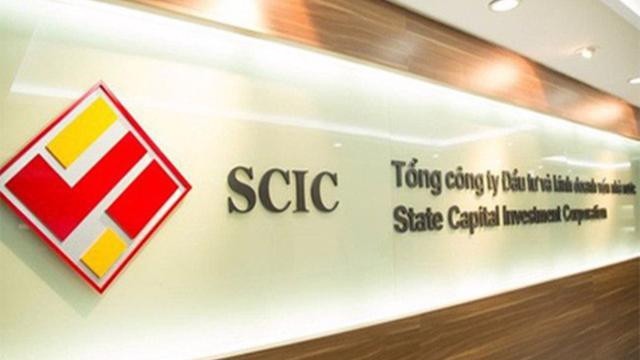Banks turn backs on property, shares to focus on key areas
Banks turn backs on property, shares to focus on key areas
Commercial banks have continued to pump capital into key sectors in an attempt to stimulate the economy, but they have also limited the provision of credit to real estate and securities areas, according to the latest survey conducted by the Monetary Statistics and Forecast Department.

The survey of commercial banks'business trends, which was completed in January, showed that commercial banks' business plans conformed with monetary policies recommended by the National Assembly's Economic Committee for 2013.
The recommendations said that monetary policies should be more effectively implemented, with credit-related priorities given to important sectors, including agricultural production and rural development, exports, small- and medium-d enterprises (SMEs) and support industries, and labour-intensive enterprises.
Since the beginning of the year, many commercial banks have offered credit packages with low interest rates to enterprises.
As of March 31, the Military Joint Stock Commercial Bank (MB) will give loans worth a total of VND1 trillion (US$48 million) to SMEs with the low interest rate of 9.99 per cent per year.
Enterprises that have a good payment history and do not have bad debts will be the bank's priorities.
Earlier, the bank also offered a VND2 trillion ($96 million) credit package with similar conditions.
MB's continuous support aims to create more favourable conditions for enterprises to restore and develop their production and business activities.
For the Asia Commercial Bank (ACB), the bank has lowered its lending interest rate to 11.5 per cent per year.
Meanwhile, Nguyen Thien Long, deputy general director of the HCM City Development Bank (HDBank), also said that his bank was ready to offer loans at rates of 11 per cent to 12 per cent per year to enterprises with healthy financial history and good production and business activities.
"The bank's credit goal is to increase lending, but quickly recoup the capital," Long said.
Regarding the banks' credit development strategies, MB deputy general director Dang Quoc Tien said that the time when banks lent in order to achieve high credit growth, even though there were high risks, had now ended.
This year, the banks' credit flow would strongly focus on the prioritised industries, particularly those producing strategic commodities such as rice, seafood and agricultural products, Tien said.
Leaders of many other banks also said that, although real estate lending had been loosened and the Government had helped the industry, the commercial banks were still not actively injecting capital into this sector because it remained stagnant, with bad debts and big risks.
Moreover, property developers and companies continue to have difficulties with large amounts of inventory.
If the banks invested in property projects, it would be difficult to recoup the investment capital, officials have said. Loans for real estate projects often have long terms, while the banks' medium- and long-term loans are constrained by the central bank.
Dr. Nguyen Tri Hieu, senior economic expert, said that, since last year, the number of bank loans had not increased, particularly in the real estate sector, even though interest rates had been cut significantly.
The amount of bad debt at local banks has made them become more cautious in lending, Hieu said.
vietnamnews




























